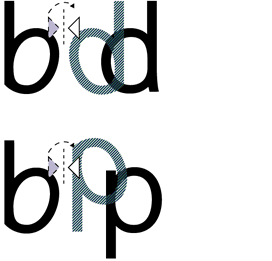Our home may not be like your average home. For example even though our eldest daughter is off to
college 2,800 km away, her friends have no problem coming over to our house to hang out. In this instance they wanted to use my computer to edit a video they created to show at school. This was not a school assignment, just something they wanted to do.
These boys are grade 12 students and don't have a lot of experience in editing video. In fact, I'm thinking other than a few things I've shown them they have none. So from 7:00pm to 1:30 am they invaded my wife's sewing room to work on this video. They were quite pleased with themselves. I did enter the post-production process around 10:00pm and helped them speed up the process. There are a few inside jokes but overall, it's a humorous take on going back to school.
Now that they've kept me up, I'm having trouble going back to sleep so I thought I'd write about it. Once again, they were more interested in
telling a good story, the technology was secondary to the communication. That's progress. I also liked the fact that this wasn't an assignment. But including the pre-production, production and post-production time, it probably took them upwards of 20 hours to create. And for what? A nice grade?an award? Other than reaction and feedback from a hundred or so staff and students not much. Although they did say as they left, "we're going to have to burn copies of this because everyone's going to want one."
Back to School video (18 MB and 12 minutes)




